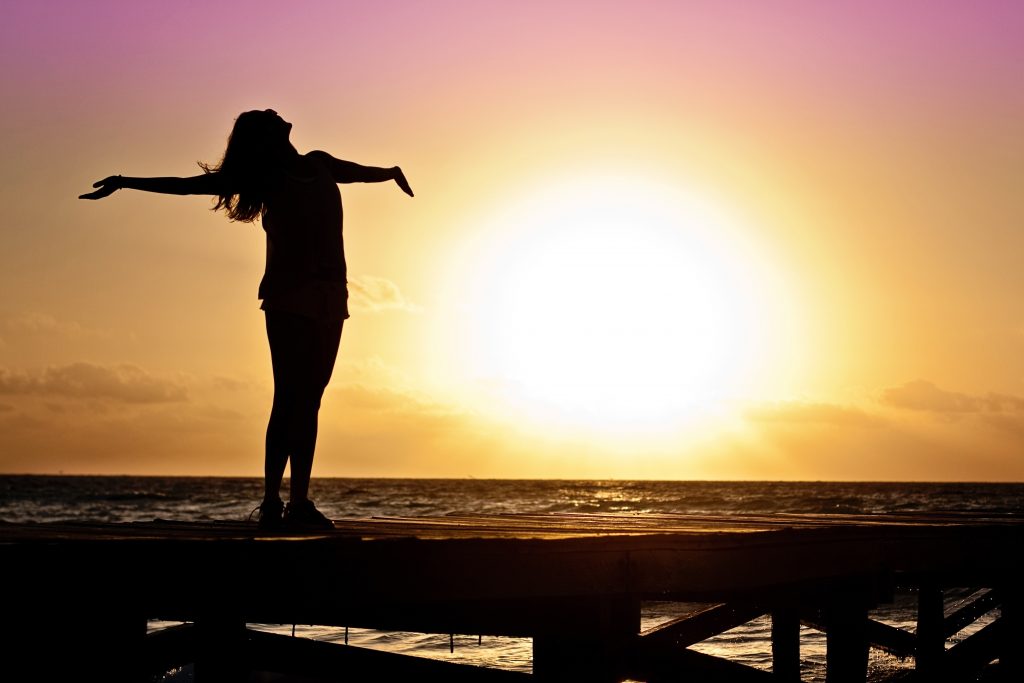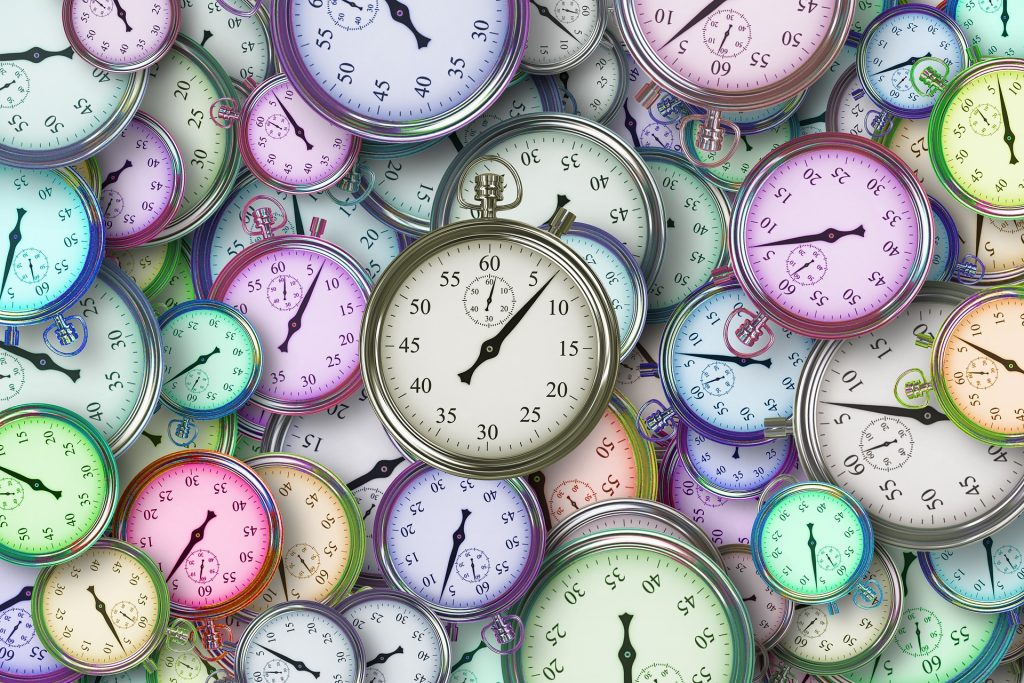Top 7 Superfoods | Some That May Surprise You
Figuring out what foods are “super” healthy is challenging for people with diabetes and health care professionals alike. An article from Outside Magazine has attempted to sort fact from fiction. They have ranked the top superfoods based on scientific evidence.
It is worth noting that not one superfood going to make people healthy. We have to consider the entirety of the daily food intake. But, here are some foods that do deliver a research-backed benefit.
We encourage you to read the entire article for some insights on the other 14 foods that often have the status of superfoods, that aren’t always backed by research.

Top 7 Super Foods
7. Green Tea
Green tea contains compounds called catechins, that may contribute to increased metabolic rates and contain anticancer properties.
6. Black Beans
Based on longevity studies, the populations who have the longest lifespans have one food in common, legumes. Beans are high in fiber, iron and B vitamins. While all legumes are beneficial, black beans contain polyphenols, giving them an extra nutrient boost.
5. Dark Chocolate
Super dark or 70 percent cocoa or higher is best. This food delivers flavonols that contribute to lower LDL cholesterol, improve blood flow, and improve mood.
4. Red Wine
Red wine contains resveratrol, which has anti-inflammatory and blood pressure-lowering benefits. Consumption, in moderate amounts, has also been associated with a decreased risk of diabetes. Keep in mind, that red grapes may offer similar benefits.
3. Salmon
Salmon can help boost brain and heart health. The omega-3 fatty acids in salmon contain docosahexaenoic acid (DHA) and eicosapentaenoic acid (EPA). These are effective at not only improving brain health but also seem to decrease the risk of heart attacks and strokes. Plus, since salmon contains DHA, it can protect brain neurons and reduce the risk of Alzheimer’s.
2. Turmeric
This bright golden spice, derived from the rhizomes of the Curcuma longa plant, has been used in ancient medicine and Southeast Asian cuisine for centuries.
It has anti-inflammatory properties due to curcumin, a natural polyphenol that gives turmeric its bright yellow hue. Based on recent research, it may help fight cancer.
Suggested dosing is one-fourth teaspoon three times a day along with fiber for best absorption.
1. Blueberries

Blueberry’s power comes from the compound oligomeric proanthocyanidins, which lower the risk for heart disease and reduce joint and muscle pain by decreasing oxidative stress.
Choose organic berries and enjoy a half-cup of frozen blueberries daily.
To read the complete article, click here.
Interested in learning more about the power of nutrition?
Please join us on May 27th for our Virtual Course with Dana Armstrong, RD, CDCES, Medical Clinic Director of The Diabetes Center/Salinas Valley Medical Clinic.
Medical Nutrition Therapy + Meal Planning
Airs May 27th at 8:30 AM (PDT)
$69 | 4.0 CEs
Join Dana Armstrong, RD, CDCES, a trailblazer and thought leader, for a lively and intensive review of the latest in Medical Nutrition Therapy with immediate application to your clinical practice.
Dana combines the newest findings, her clinical experiences, plus the ADA Standards of Care into an action-packed presentation that will inform your practice while preparing for the certification exam.
Webinar Dates
Session 1 – Medical Nutrition Therapy Overview | May 27 from 8:30 AM – 10:30 AM PDT
Session 2 – Meal Planning – How to Eat by the Numbers | May 27 from 11:30 AM – 1:30 PM PDT
All presentations are recorded and available for on-demand viewing.
These sessions are also included in our Virtual Conference.
Click here to enroll in the entire program.
Sign up for Diabetes Blog Bytes – we post one daily Blog Byte from Monday to Friday. And of course, Tuesday is our Question of the Week. It’s Informative and FREE! Sign up below!
[yikes-mailchimp form=”1″]Accreditation: Diabetes Education Services is an approved provider by the California Board of Registered Nursing, Provider 12640, and Commission on Dietetic Registration (CDR), Provider DI002. Since these programs are approved by the CDR it satisfies the CE requirements for the CDCES regardless of your profession.*
The use of DES products does not guarantee the successful passage of the CDCES exam. CBDCE does not endorse any preparatory or review materials for the CDCES exam, except for those published by CBDCE.
Carb Counting Made Easy | Resource Page

We get a lot of questions from our community about carb counting. For this week’s Free Resource Friday, we have put together a list of all the carb counting resources we love!
We hope this answers all your questions when it comes to counting carbs.
Handy Cheat Sheets
Diabetes Exchange List – a brief summary of serving size and carbohydrate counts for common foods. Excellent study tool for the exam.
Carb Counting Quick Reference English – We created this Carb Counting Quick Reference sheet based on the ADA handbook.
Carb Counting Quick Reference – Spanish – We created this Carb Counting Quick Reference sheet based on the ADA handbook.
Carb Counting Apps
CalorieKing – includes curated food database with nutrition information, including many fast-food chains and restaurants.
Diabetes Tracker – The American Journal of Preventive Medicine ranked this app, which has no free version, No. 1. It boasts an intensive and easy-to-follow educational component in addition to features for monitoring blood glucose, carbs, net carbs and more. Easy to see the big picture with daily and weekly reports. For some, it may be worth the extra expense.
Undermyfork – Undermyfork automatically combines glucose data from CGM, FGM, or BGM with the meal pictures and calculates postprandial Time in Range for each meal. Tag meal photos with keywords to compare your glycemic response to the same meals and situations.
Glucose Buddy(diabetes logbook manager) Simple to navigate, Glucose Buddy helps users manage their blood sugar, insulin dosages, and carb intake. Other features track exercise, blood pressure, and weight. Sync data to print it out or view online.
Hedia – digital diabetes personal assistant, developed with insulin using people with diabetes in mind, to increase time-in-range. Allows tracking data in a personal logbook and gives suggestions on carb amounts and insulin doses with a food database designed by nutrition experts.
Apps that Help Improve Time in Range – see our latest cheat sheet on helpful apps for diabetes self-management.
See our Free Resource Catalog for an entire list of our favorite resources.
7 Steps to Reduce Weight Stigma Within Your Practice
Weight stigma is pervasive in most health care settings. As Diabetes Specialists, we have an opportunity to recognize our own biases and take a leadership role in decreasing weight stigma in our work settings.
Last month, Healio Endocrine Today interviewed clinical nutrition manager, Lisa Hodgson, RD, CDN, CDCES, to get her perspective on how health care professionals can address weight stigma within their practice and support long-term healthy behavioral modifications for people living with diabetes. For many, staying motivated to maintain long-term changes can be difficult.
As Hodgson explains, “Weight stigma projected onto people with diabetes by clinicians may lead them to avoid seeking medical care. It may also perpetuate binge eating and overeating, limit physical activity, encourage disordered eating and foster physiological stress.”
These stigmatizing attitudes among providers are often reflected in their interactions with the individuals they treat, which can have negative impacts. That is why it is so important for each of us to address and unlearn our own biases around weight.
7 Steps to Reduce Weight Stigma Within Your Practice
- Use person-centered, encouraging, and respectful language free of judgment
- Create a safe space by asking about and addressing situations where the person experienced weight stigma
- Address emotional eating and offer healthier coping strategies such as meditation, yoga or mindful eating techniques
- Identify what is important to an individual and develop action plans around these areas
- Use past successes to inform a plan for ongoing behavioral changes
- Customize interventions based on a person’s access to resources and their preferences
- Measure individualized goals at each visit and adjust plan over time
Helpful Resources
- Joint international consensus statement for ending stigma – The ADA announced that they and over 100 professional societies and medical journals are taking the “pledge to eliminate weight bias and stigma.
- Evaluate your Weight Bias –Harvard’s Project Implicit – Project Implicit is a non-profit organization that provides international collaboration between researchers interested in implicit social cognition – the thoughts and feelings outside of conscious awareness and control. The goal of the organization is to educate the public about hidden biases and to provide a “virtual laboratory” for collecting data on the Internet.
- Language & Diabetes Free Webinar – Learn how to uplift your people by choosing language that is non-judgmental and person-centered.
Written by Bryanna, our Director of Operations & Customer Happiness
To read the full interview and to get more tips from Lisa Hodgson, click here.
Sign up for Diabetes Blog Bytes – we post one daily Blog Byte from Monday to Friday. And of course, Tuesday is our Question of the Week. It’s Informative and FREE! Sign up below!
[yikes-mailchimp form=”1″]
National Nutrition Month Plant-Based Eating | Free Resource Friday
March is the National Nutrition Month!
To kick things off, Coach Beverly has collected an entire page of plant-based eating resources. This page includes recipes, instructional videos, reading materials, and more!
We hope this list informs and inspires you!
Click here to read more.
Sign up for Diabetes Blog Bytes – we post one daily Blog Byte from Monday to Friday. And of course, Tuesday is our Question of the Week. It’s Informative and FREE! Sign up below!
[yikes-mailchimp form=”1″]
Sugar Sweetened Beverages Increase Diabetes Risk

In a 2019 study published in Diabetes Care, researchers evaluated the associations between long term consumption of sugary beverages and the risk of type 2 diabetes. These sugary beverages included both sugar-sweetened beverages, (SSBs) artificially sweetened beverages (ASBs) as well as 100% fruit juice.
After adjustment for BMI and lifestyle covariates, the study found that:
Increasing total sugary beverage intake by as little as a half serving a day was associated with a 16% increased risk of diabetes over the next 4 years.
To conduct this large cohort study, the researchers followed up with 76,531 participants in the Nurses’ Health Study plus and additional 81,597 participants in the Nurses’ Health Study 2. They also included 34,224 men in the Health Professionals’ Follow-up Study. Since these studies were ongoing since 1986 so there was plenty of data to crunch.
The researchers specifically looked at the change in sugary beverage consumption from the food questionnaires the participants received every four years. They found that when the total consumption of sugary beverages increased there was a 16-18% higher risk of type 2 diabetes.
The opposite was proven to be true as well: replacing one daily serving of a sugary beverage with coffee, water or tea but not an (ASB) was associated with a 2-10% lower risk of diabetes.
This extensive study demonstrates that regardless of the type of sugar-sweetened beverage, the risk of diabetes increases with each SSB consumed.
To read more about this study click here
Sign up for Diabetes Blog Bytes – we post one daily Blog Byte from Monday to Friday. And of course, Tuesday is our Question of the Week. It’s Informative and FREE! Sign up below!
[yikes-mailchimp form=”1″]Mindful Monday | 8 Steps to Live Healthier
There are a number of “life hacks” out there recommending adding butter to coffee, taking specific miracle supplements, or engaging in even more extreme methods like blood transfusion, all in an attempt to slow aging, improve health, and decrease weight.

However, the simple approach of regular exercise, healthy eating, and not smoking increases longevity and enjoyment with the additional benefit of increased lifespan in a multitude of studies.
In 2011, the American Journal of Public Health published such a study showing these lifestyle behaviors can increase lifespan by 11 years.
In 2016, the British Medical Journal found the following lifestyle behaviors reduce all-cause mortality 61 percent! Brad Stulberg of Outside Magazine, has compiled a number of these studies and synthesized the lifestyle changes in to 8 simple steps:
8 Simple Steps to Live Longer
- Move Around: 30 minutes of moderate to intense daily physical activity can lower heart disease, cancer, and other physiologic diseases as well as psychological ones!
- Eat “Real Foods”: avoid plastic wrapped foods, it normally means they are ultra processed, which can result in excessive calorie consumption without as much nutrition.
- Call Friends & Family: social connection is associated with reduced cortisol and improved sleep quality, among other positive effects.
- Avoid Supplements: without proven deficiency or need, studies have often shown more harm than good from supplements.
- Sleep 8 Hours: continuous deep sleep is critical for mental and physical health.
- Enjoy Nature: getting outside can curb negative effects of stress and alleviate anxiety and depression.
- Don’t Smoke: it’s associated with dozens of cancers and causes 1 out of every 5 deaths in the U.S.
- Don’t Drink Too Much: excessive alcohol use is associated with chronic diseases. “Moderation is key.”
Read more here.
Sign up for Diabetes Blog Bytes – we post one daily Blog Byte from Monday to Friday. And of course, Tuesday is our Question of the Week. It’s Informative and FREE! Sign up below!
[yikes-mailchimp form=”1″]Matching Meals to Biological Clock May Lower Glucose
A Tel Aviv University study found a starch-rich breakfast consumed early in the morning, coupled with a smaller low-carbohydrate dinner could decrease the need for injections and other medications for people with diabetes!

The body’s natural metabolism and biological clock are optimized for eating starches in the morning and fasting during the evening and night when the body recovers through sleep.
The study found eating 3 meals a day produced with the majority of starches in the early part of the day, promoted glucose balance and improved glycemic management for people living with type 2 diabetes. The results led researchers to believe it is possible for people with diabetes to significantly reduce or even stop injections of insulin as well as medications.
This study contrasts the recommendation for people with diabetes to eat 6 small meals throughout the day or “6M-diet”. Researchers found the 6M-diet has not been effective for glucose control.
“Their need for diabetic medication, especially for insulin doses, dipped substantially. Some were even able to stop using insulin altogether,” said Prof. Jakubowicz, lead author of the study.
The Tel Aviv study was inspired by the knowledge that insulin injections can lead to weight gain which further increases blood sugar, so their goal was to find alternatives. The biological clock diet (3M-diet) is designed to allow bread, fruits, and sweets in the early hours of the morning, a substantial lunch, then a small dinner specifically lacking starches, sweets, and fruits.
In the study, participants on the 6M-diet did not lose weight and did not experience any sugar level improvement. In contrast, the participants on the 3M-diet lost weight and substantially improved sugar levels.
Read more on MedicalXpress.
Sign up for Diabetes Blog Bytes – we post one daily Blog Byte from Monday to Friday. And of course, Tuesday is our Question of the Week. It’s Informative and FREE! Sign up below!
[yikes-mailchimp form=”1″]5 Facts About the New Nutrition Labels
2020 marks the official release of the updated nutrition label.
To help sort out how this new version is different, the Food and Drug Administration (FDA) released a treasure trove of helpful information, including this label comparison.
The goal of this updated label is to all consumers, including people with diabetes, to make quick, informed food choices to help start eating healthier.

Here are 5 Facts and Label Highlights:
- Serving size is larger and bolder font and helps quickly answer the question, “how much is one serving” first, to help accurately gauge actual calorie, fat, sugar, and carb, protein and micronutrient intake.
- Daily value– based on a 2000 calorie diet, the label tells you how much one serving of this food will contribute to the daily value of the most critical nutrients.
- Fiber – Processed foods have little or no fiber. By encouraging people to choose foods that have 3 or more grams of fiber per serving, they will be choosing less processed, more nutritious foods.
- Added sugars– In addition to listing the carbs and total sugar, the label calls out how much sugar (sucrose, high fructose corn syrup or other type) has been added. This is an excellent information add on for people interested in limiting added sugar.
Each 4gms of sugar = 1 teaspoon - Important Micronutrients – the nutrients listed further down on the label (Fiber, Vitamin A, C, etc.) are nutrients most Americans don’t get enough of, so looking for labels that have a higher percentage of this can help consumers increase nutrient intake.
Read more on FDA Nutrition Labels here.
Sign up for Diabetes Blog Bytes – we post one daily Blog Byte from Monday to Friday. And of course, Tuesday is our Question of the Week. It’s Informative and FREE! Sign up below!
[yikes-mailchimp form=”1″]








